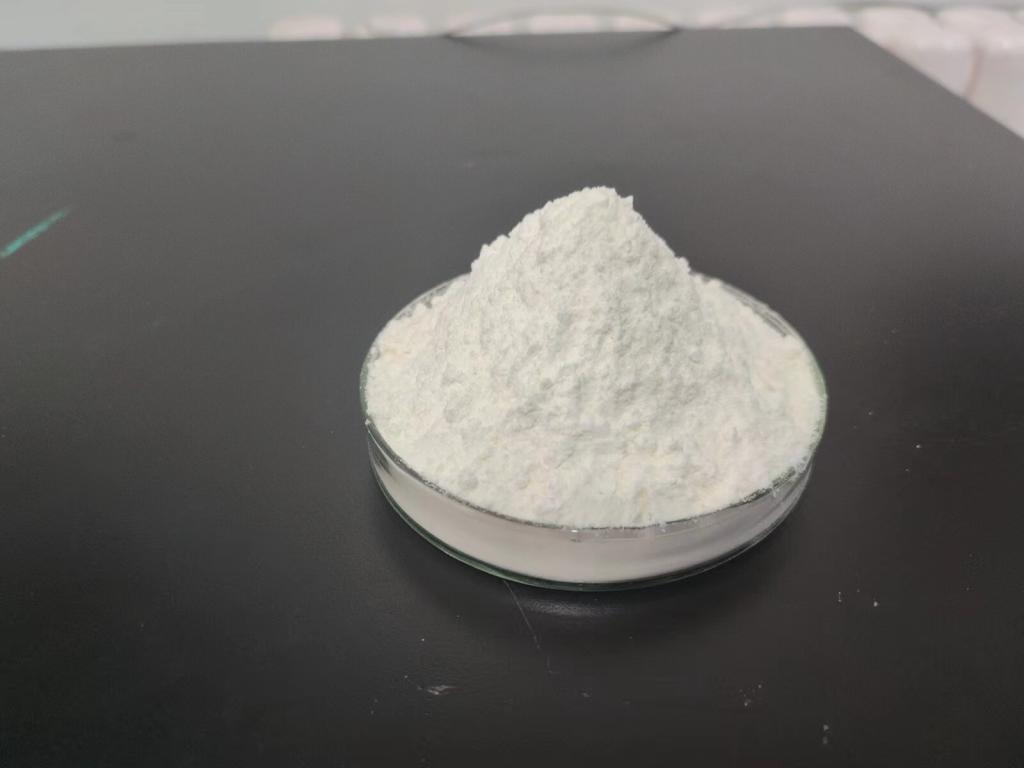Tel:+8618231198596

News
 CONTACT
CONTACT
 CONTACT
CONTACT
- Linkman:Linda Yao
- Tel: +8618231198596
- Email:linda.yao@dcpharma.cn
- Linkman:CHARLES.WANG
- Department:Overseas
- Tel: 0086 0311-85537378 0086 0311-85539701
News
Incorporating ε-Polylysine hydrochloride into food packaging for extended shelf-life.
TIME:2024-05-09
Properties and Mechanisms of Action:
ε-Polylysine hydrochloride is a cationic polypeptide composed of lysine residues linked by peptide bonds. Its antimicrobial activity stems from its ability to interact with negatively charged microbial cell membranes, leading to membrane disruption, leakage of cellular contents, and ultimately, cell death. Additionally, ε-PL-HCl may interfere with microbial metabolism and essential cellular processes, further enhancing its antimicrobial effects.
Incorporation into Food Packaging Materials:
The incorporation of ε-PL-HCl into food packaging materials involves several methods, including physical blending, coating, and immobilization. In physical blending, ε-PL-HCl is mixed directly with the packaging polymer during manufacturing. Coating techniques involve applying a layer of ε-PL-HCl onto the surface of packaging materials, while immobilization methods entail trapping ε-PL-HCl within the structure of the packaging material. Each method offers advantages and challenges in terms of antimicrobial efficacy, stability, and compatibility with different packaging substrates.
Applications and Benefits:
ε-Polylysine hydrochloride-incorporated food packaging materials have a wide range of applications across various food categories, including fresh produce, meat, poultry, seafood, dairy products, and ready-to-eat meals. By inhibiting microbial growth, these packaging materials help extend the shelf-life of perishable foods, maintain product quality, and reduce the risk of foodborne illnesses. Additionally, ε-PL-HCl offers a natural and safe alternative to chemical preservatives, aligning with consumer preferences for clean-label products.
Challenges and Considerations:
Despite its potential benefits, incorporating ε-PL-HCl into food packaging materials presents several challenges and considerations. These include optimizing ε-PL-HCl concentration and distribution within the packaging matrix, ensuring compatibility with different packaging substrates, maintaining antimicrobial efficacy during storage and distribution, and addressing regulatory requirements for food contact materials. Additionally, concerns regarding potential migration of ε-PL-HCl from the packaging material to food products need to be addressed to ensure consumer safety.
Future Prospects and Outlook:
Future research directions in the field of ε-PL-HCl-incorporated food packaging materials should focus on addressing the aforementioned challenges, as well as exploring novel packaging formats, antimicrobial delivery systems, and packaging technologies. Furthermore, comprehensive safety evaluations, consumer acceptance studies, and regulatory approvals are essential for advancing ε-PL-HCl-incorporated food packaging materials from laboratory research to commercialization. With continued innovation and collaboration, ε-PL-HCl holds great potential for enhancing food safety, reducing food waste, and meeting the evolving needs of the food industry and consumers.
Conclusion:
Incorporating ε-Polylysine hydrochloride into food packaging materials offers a promising approach for extending the shelf-life of perishable foods and improving food safety. By leveraging its broad-spectrum antimicrobial activity and safety profile, ε-PL-HCl helps inhibit microbial growth, maintain product quality, and reduce the risk of foodborne illnesses. Continued research, development, and regulatory efforts are essential for realizing the full potential of ε-PL-HCl-incorporated food packaging materials and addressing the challenges of food preservation and safety in the modern food industry.
- Tel:+8618231198596
- Whatsapp:18231198596
- Chat With Skype







